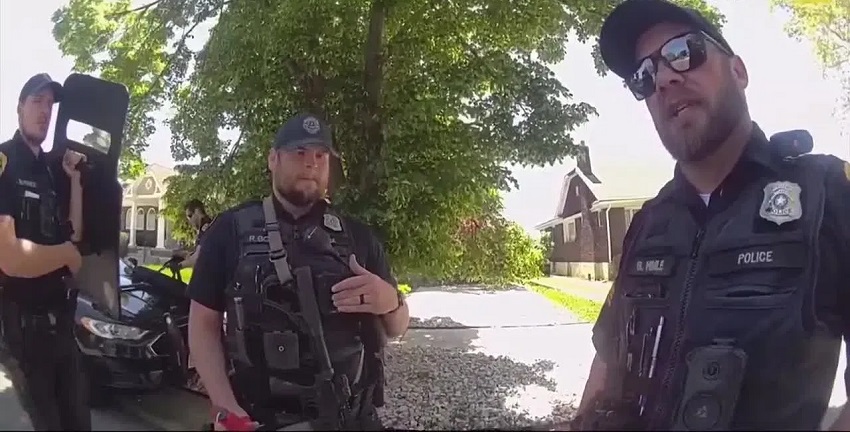Salt Lake City, UT — In recent years, Utah has witnessed an increasing crisis surrounding domestic violence, with shelters and support services stretched beyond their capacity. Despite these growing needs, crucial budget requests to address the issue were rejected during the 2025 legislative session, leaving victims at greater risk.
Wendy Halloran, Chief Investigative Reporter at 2News, sat down with Erin Jemison, Director of Public Policy for the Utah Domestic Violence Coalition, to discuss the ongoing struggles in the fight against domestic violence. Jemison did not hold back, emphasizing that the rejection of two critical budget requests had serious consequences. Shelters are now overcrowded, and waitlists continue to grow, putting more victims in imminent danger.
“Victims are now facing longer waits for shelter, and many are left without the support they need in their time of crisis,” Jemison said. “The problem is only getting worse.”
The funding cuts come at a time when domestic violence cases in Utah are on the rise, as evidenced by a disturbing interaction captured on body-worn cameras by officers from the Salt Lake City Police Department. The video, filmed on May 18, 2024, recorded a tense moment when officers responded to a call at the home of Daymian Hughes. His girlfriend, visibly frightened and shaking, was attempting to leave him after telling a co-worker that she no longer felt safe in the relationship. The co-worker, concerned for her safety, had called the police.
On the video, Officer McBride is seen discussing the situation with a fellow officer, urging them to get the woman out of the house as quickly as possible. “We want him by himself in there, if that’s best scenario, they both come out,” he says in the footage.
As the victim hesitated, another officer can be heard pleading with her: “I need you to do whatever you can do to get out of that house right now and run to us. Can you push past him and run out the door to us? Can you jump out the window?” Despite the urgency in the officers’ voices, the victim remained trapped in a cycle of fear and manipulation.
Eventually, the couple emerged onto the porch, where Hughes immediately attempted to control the situation. “I’m fine. She’s fine. I don’t trust you, just like you don’t trust me,” Hughes said to the officers.
In a disturbing display of coercion, Hughes ordered his girlfriend not to listen to the officers, further demonstrating the hold abusers often have over their victims.
The officers continued their efforts, and Sergeant Himle tried to reassure the victim, saying, “I know this is a bad situation and this is your chance to walk away from it right now.” The woman, in a whisper, admitted, “I’m afraid of him.”
Despite Hughes’s attempts to maintain control, the officers eventually arrested him, but not before the victim disclosed the extent of her fear and unwillingness to leave the home. “No,” she said when asked if she felt free to leave.
The harrowing encounter exemplifies the complexities of domestic violence situations, where fear, control, and coercion keep many victims from seeking the help they need. This case also highlights the urgent need for more resources and support for victims.
While the Salt Lake City Police Department responded effectively in this particular instance, the overall lack of funding for domestic violence services remains a significant challenge. As shelters fill to capacity and waitlists grow longer, many victims are left vulnerable, with limited options for escape or safety.
Jemison pointed out that the rejection of critical funding has led to a situation where shelters simply cannot accommodate the number of victims seeking help. “When a shelter is full, there’s nowhere for these individuals to go. We need a response from lawmakers to provide additional resources to help those in need,” she said.
The conversation surrounding domestic violence funding is ongoing, but with the 2025 legislative session behind them, advocates are left grappling with the consequences of those decisions. As domestic violence cases continue to rise, the question remains: will Utah’s policymakers prioritize the safety and well-being of its most vulnerable residents?
For now, victims like the one in this story continue to face the difficult and often dangerous decision of whether or not to leave an abusive situation—often with no clear or immediate way out.

